A new study reveals that prehistoric kangaroos in southern Australia were more adaptable eaters than previously thought, suggesting their dietary flexibility played a role in their survival and resilience to climate change. This research challenges the notion that specialized diets led to the extinction of these megafauna during the Pleistocene epoch.
A new study has revealed that prehistoric kangaroos in southern Australia had a more diverse diet than previously thought, challenging existing assumptions about their survival, resilience to climate change , and the ultimate extinction of megafauna.
The research, a collaboration between palaeontologists from Flinders University and the Museum and Art Gallery of the Northern Territory (MAGNT), employed advanced dental analysis techniques to examine microscopic wear patterns on fossilized kangaroo teeth. These findings suggest that many kangaroo species were generalists, capable of adapting to a variety of food sources in response to environmental shifts. The study focused on fossil kangaroo species from the Victoria Fossil Cave at the Naracoorte Caves World Heritage Area in South Australia. This site is renowned for holding the richest and most diverse deposit of Pleistocene (2.6 million to 12,000 years ago) kangaroo fossils. The researchers' findings directly contradict the long-held belief that species unable to survive past 40,000 years ago perished due to specialized diets. Instead, they discovered that most species were mixed feeders, consuming a combination of shrubs and grasses. This dietary flexibility, according to lead researcher Dr. Sam Arman from MAGNT and Flinders University, likely contributed significantly to their resilience during past climatic changes. 'Our study shows that most prehistoric kangaroos at Naracoorte had broad diets. This dietary flexibility likely played a key role in their resilience during past changes in climate,' Dr. Arman explains.To reach these conclusions, the team utilized Dental Microwear Texture Analysis, comparing the diets of 12 extinct species with those of 17 modern species. Professor Gavin Prideaux from Flinders University, a co-author of the study, sheds light on the previous misconception surrounding the short-faced kangaroos (sthenurines). 'The distinctive short-faced kangaroo anatomy led to a widespread view that sthenurines were unable to adapt their diets when climate change altered vegetation patterns, leading to their extinction,' he states. 'By shedding light on the ecological roles of Australia's marsupial megafauna, we will develop a better understanding of how its modern ecosystems evolved. Among other things, this might help to contextualise why Australia has been so vulnerable to introduced large mammals, such as pigs, camels, deer and horses.' The researchers acknowledge that while diet may have played a role in extinction, other factors, such as body size, locomotion, and the arrival of humans, likely contributed as well. Grant Gully, Flinders Palaeontology Lab manager and curator, emphasizes the significance of this research. 'This allowed us to capture the degree to which diets vary between individuals and regions for modern species, and then use this as a basis for investigating diets of fossil species through time.
Prehistoric Kangaroos Diet Climate Change Extinction Megafauna Australia Naracoorte Caves
United States Latest News, United States Headlines
Similar News:You can also read news stories similar to this one that we have collected from other news sources.
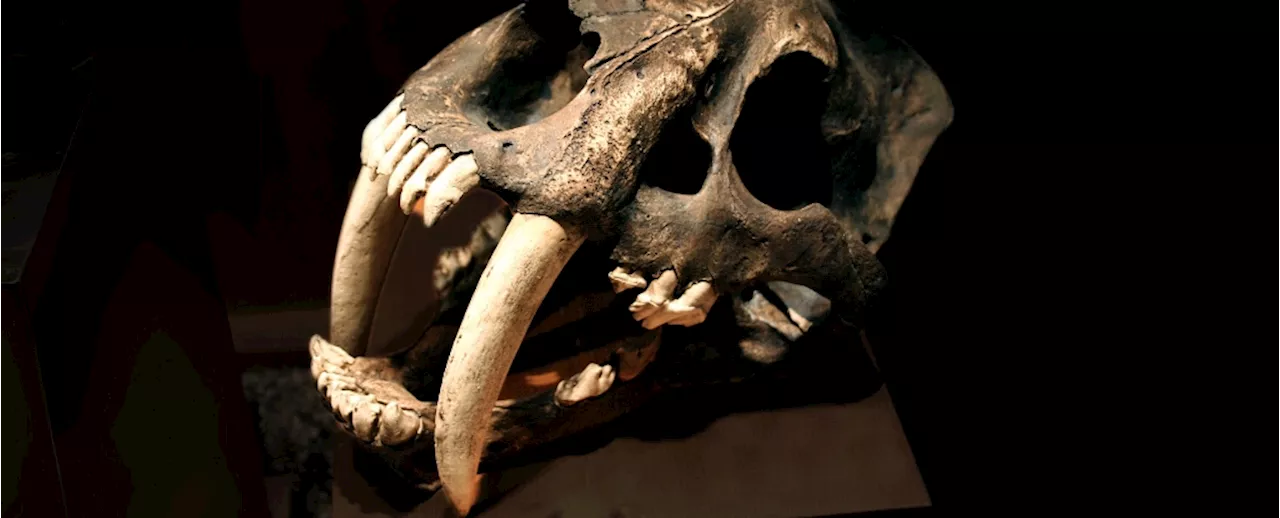 Study Reveals Why Saber Teeth Evolved Repeatedly in Prehistoric PredatorsThe Best in Science News and Amazing Breakthroughs
Study Reveals Why Saber Teeth Evolved Repeatedly in Prehistoric PredatorsThe Best in Science News and Amazing Breakthroughs
Read more »
 UMKC Kangaroos Defeat South Dakota CoyotesJamar Brown's stellar performance leads UMKC to their first win in the Summit League.
UMKC Kangaroos Defeat South Dakota CoyotesJamar Brown's stellar performance leads UMKC to their first win in the Summit League.
Read more »
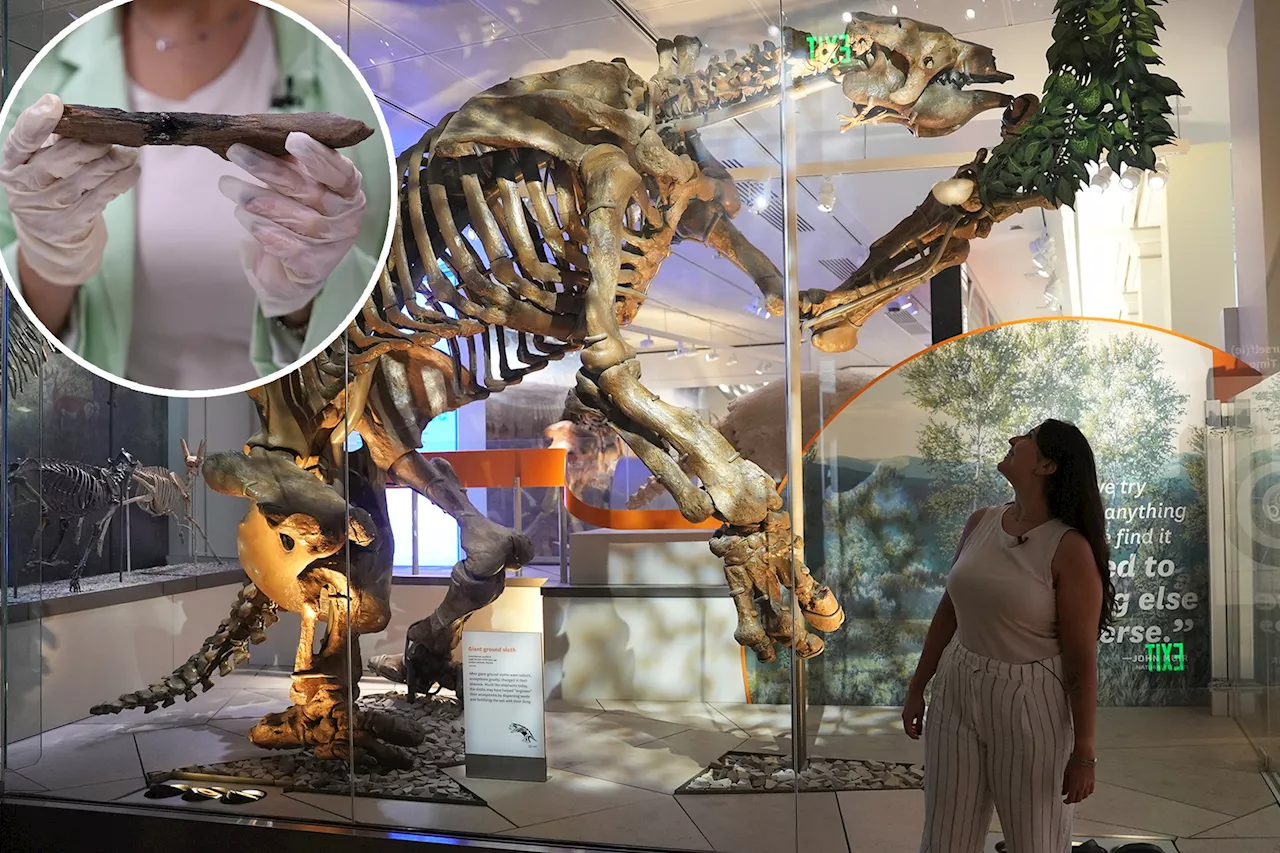 Prehistoric American peoples coexisted with giant sloths and mastodons, new evidence suggestsNew research from several sites is starting to suggest that people came to the Americas earlier — perhaps far earlier — than once thought.
Prehistoric American peoples coexisted with giant sloths and mastodons, new evidence suggestsNew research from several sites is starting to suggest that people came to the Americas earlier — perhaps far earlier — than once thought.
Read more »
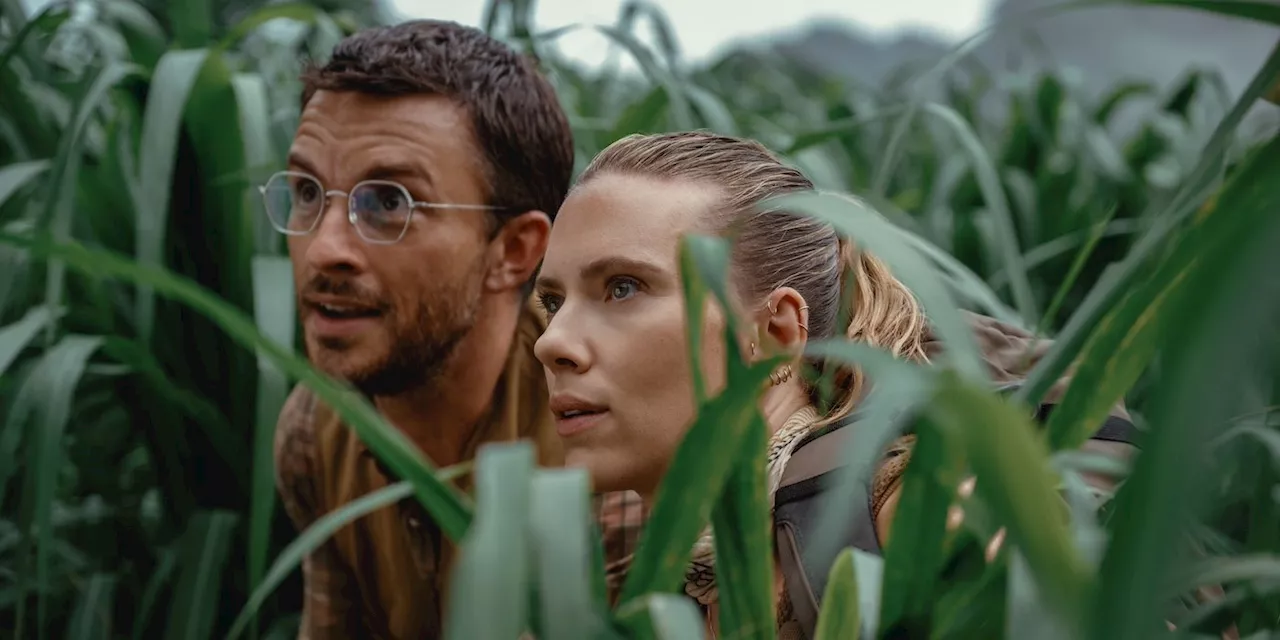 Scarlett Johansson Goes Prehistoric in New 'Jurassic World Rebirth' ImageScarlett Johansson and Jonathan Bailey in first look images for Jurassic World Rebirth
Scarlett Johansson Goes Prehistoric in New 'Jurassic World Rebirth' ImageScarlett Johansson and Jonathan Bailey in first look images for Jurassic World Rebirth
Read more »
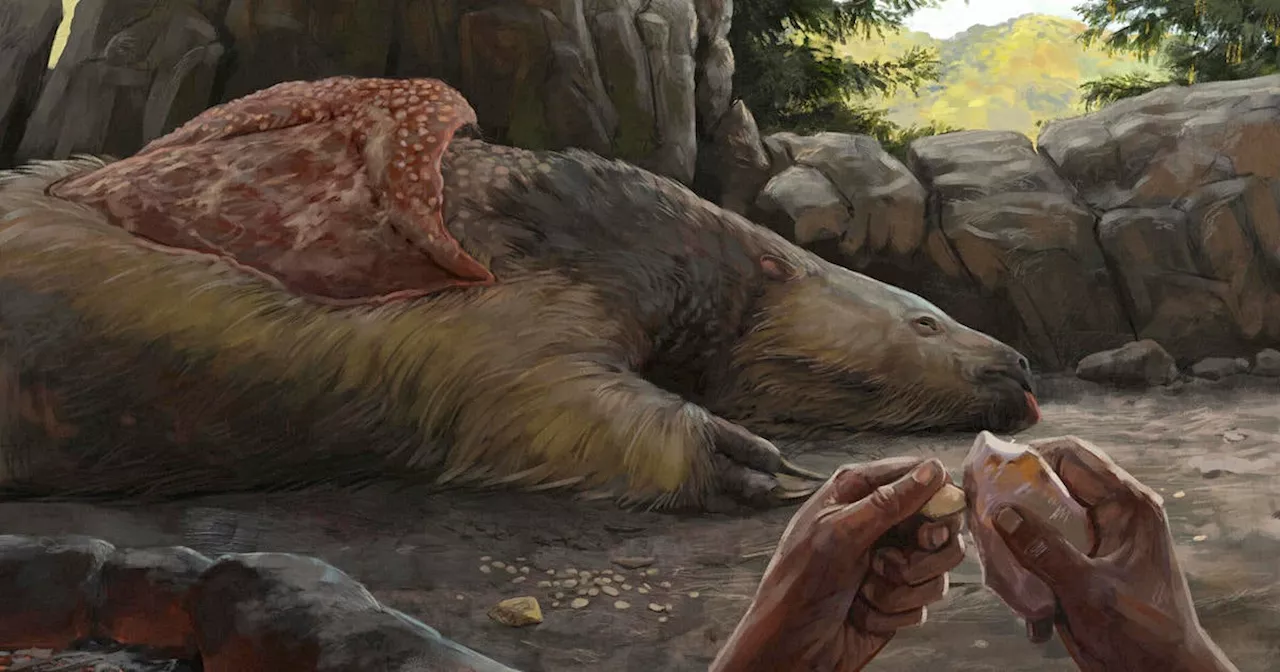 New discoveries could rewrite the history of early Americans — and the 4-ton sloths they lived withEarly Americans may have spent millennia sharing prehistoric savannas and wetlands with enormous beasts, research shows.
New discoveries could rewrite the history of early Americans — and the 4-ton sloths they lived withEarly Americans may have spent millennia sharing prehistoric savannas and wetlands with enormous beasts, research shows.
Read more »
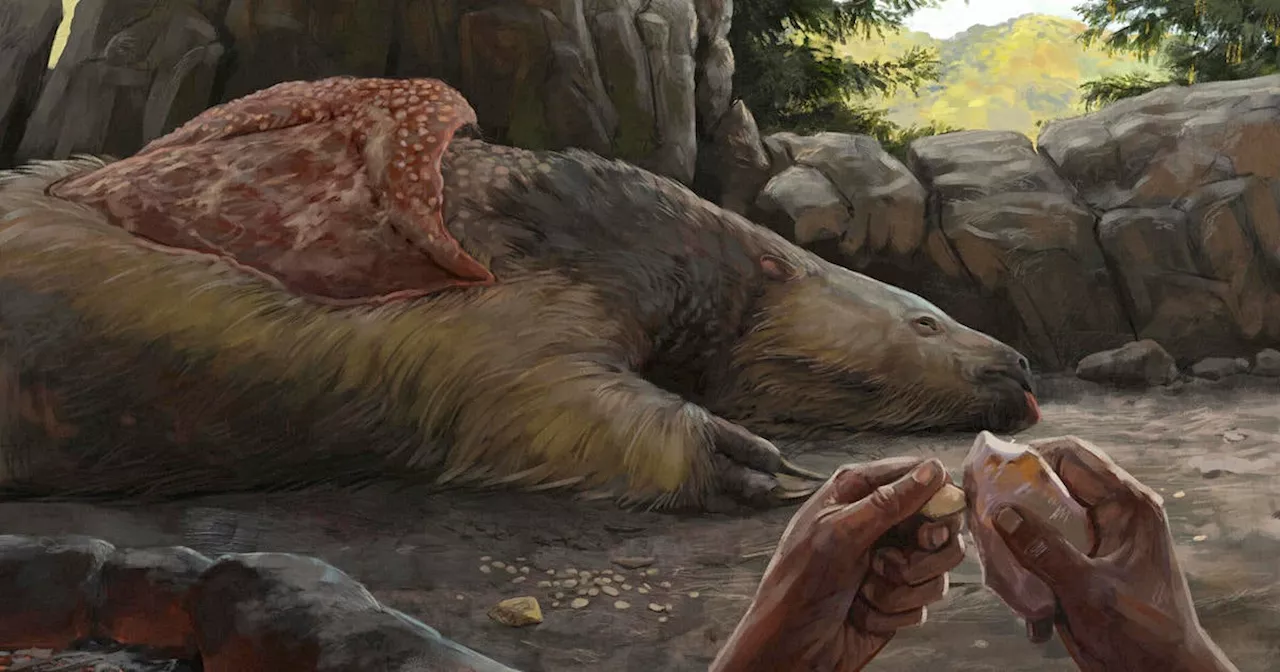 New discoveries could rewrite the history of early Americans — and the 4-ton sloths they lived withEarly Americans may have spent millennia sharing prehistoric savannas and wetlands with enormous beasts, research shows.
New discoveries could rewrite the history of early Americans — and the 4-ton sloths they lived withEarly Americans may have spent millennia sharing prehistoric savannas and wetlands with enormous beasts, research shows.
Read more »
